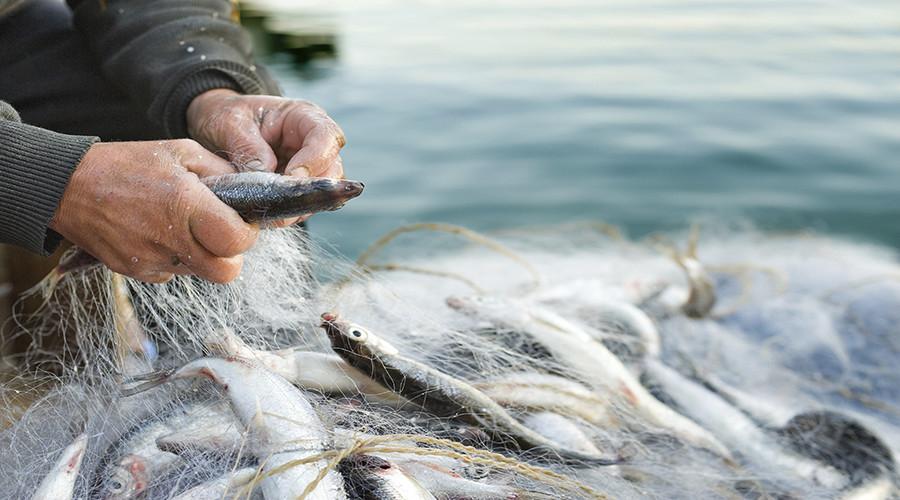
Does gender equality feature in your work? Whether you work in fisheries, transport or any other area of the society, it should always be there! With EIGE’s new platform, there are no more excuses to ignore gender concerns. We show you how to mainstream gender, tailor-made for your field.
“EIGE’s Gender Mainstreaming Platform presents the different challenges for gender equality in 19 policy areas and introduces practical ways to address them”, explains Barbara Limanowska, Senior Gender Mainstreaming Officer at EIGE. “In the end, this makes policies more responsive to people’s needs and contributes to better outcomes for all, girls and boys, women and men.”
Whichever sector you pick, there are plenty of challenges to address. In classrooms you see more boys in science and technology, while more girls are studying humanities. On the sports fields, the coach of any team is more likely to be a man. Buses and trains run on routes planned by men, even though most of the users are women. And the list goes on across all sectors.
For example, in the area of fisheries, one of the main challenges is to address women’s invisible contribution. A lot of work is done by spouses, life partners, mothers, sisters and daughters who are not formally engaged in work but still play an active role in family fishing or aquaculture businesses. They are rarely paid and their efforts are not recognised by society. A formal acknowledgement of their contribution as part of the work force, including access to social security benefits, such as pension rights and maternity leave, would be a major improvement to their lives.
The platform is intended to guide policy-makers, practitioners and experts, but it is also useful reading for everybody. It makes it easier to understand gender concerns in many different policy areas, from transport to agriculture, energy to culture.
You can also check out the situation in your own country. We have country specific information on laws, government bodies, and good practices from each of the 28 EU Member States. The platform provides a range of methods and tools that give step-by-step instructions to address the different needs of women and men - from gender budgeting, to gender monitoring and gender equality training.
For more information, please contact Barbara Limanowska at barbara.limanowska@eige.europa.eu